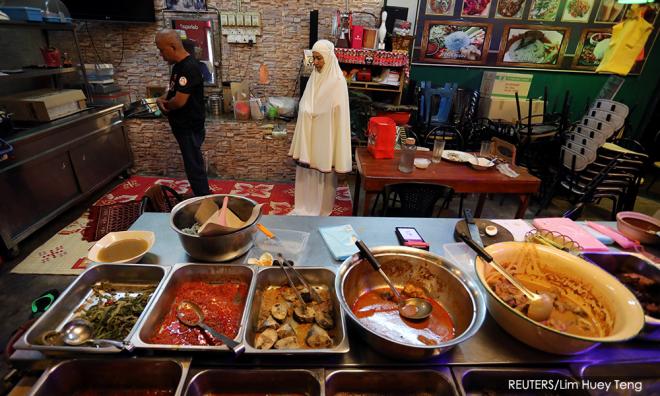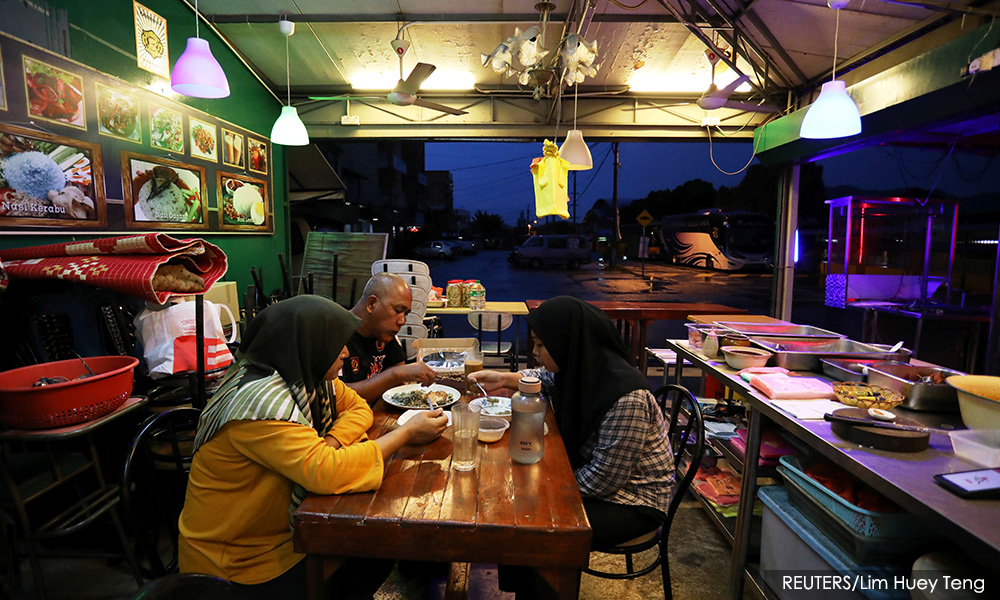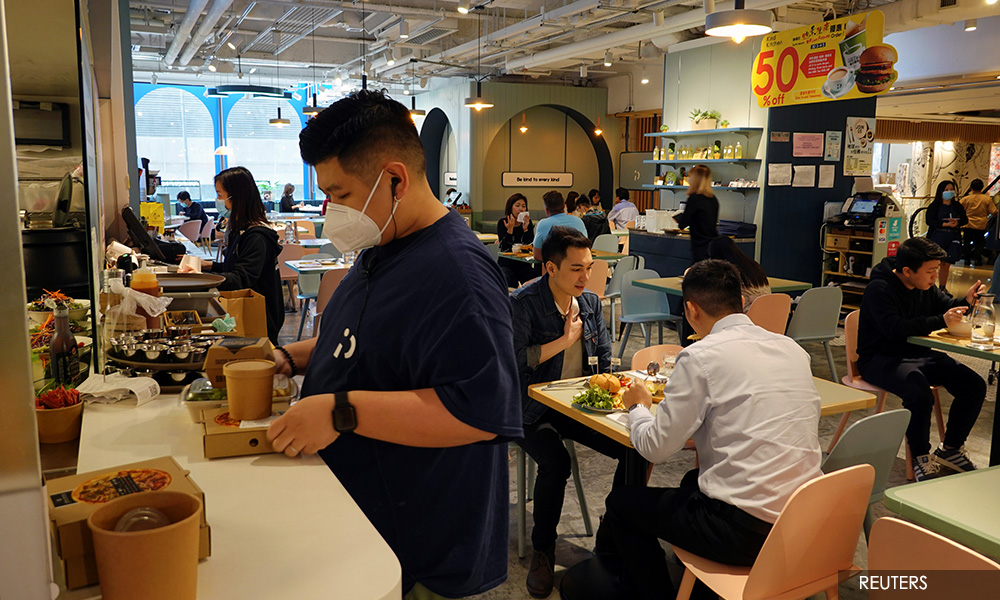
With the proposed relaxation of the movement control order (MCO) next Monday, there must be some new norms to be observed when dining or buying food at a restaurant.
These recommendations may seem obsessive/compulsive, but if we are to beat the Covid-19 virus, we need to ensure that we take the following precautions to avoid the spread of infection.
1. Queuing in restaurants either for seating/food selection/bill paying must observe strict social distancing.
2. All workers attending to customers must be gloved and masked. Customers, too, should be masked before entering.
3. Hand santisers should be made available to customers upon arrival. A worker can provide a dash of it to the customer from the bottle. The worker should also check the temperature of the customers.
4. Customers who are unwell are strictly advised not to come into the shop. If they are alone (and no other person to take care of them), they can always call in or pre-order/order via apps. If this is not possible, the customer is advised to make their orders and wait in their vehicles/designated area.
5. No sharing of food and drinks among customers. This will require customers to be vigilant. Drinks served should be in different coloured glasses/cups/straws so that each customer will be able to recognise their own drinks to avoid accidental mixing of drinks.
6. As much as possible, try paying/accepting payments using e-wallet as the handling of notes and coins should be avoided. We must also do away with punch-in (key-in) parking coupon systems (via machines) and resort to e-wallet systems/scratch coupons/payment through card scanning.

7. Toilets must be equipped with hand sanitisers. Toilets to be cleaned regularly and not just once a day. This includes disinfecting common contact areas such as doorknobs, taps, faucets, etc.
8. There must be a special bin to discard used or unwanted protective equipment like masks and gloves made available in restaurants and toilets.
For dining in
1. As far as possible, round tables should be avoided. This is simply because there is a higher chance for utensil-to-plate contact (such contact must be avoided at all times).
One way to counter this is to provide a transfer bowl for everyone - a person scoops the food, puts it in a bowl and transfers it to the plate by tilting the bowl. After each dish, there must be a change of bowls. This will require high cooperation from the customers.
If not possible, then provide ala-carte only meals. For fluids (soups, desserts such as custard, etc), the waiter can serve it to each individual.
2. Personal food utensils - those that are used to eat - strictly stay on one’s plate. Do not use the same spoon to scoop food from the main serving plate or to serve others.

3. All eating utensils provided must come with a small hot water bowl to soak the utensils prior to starting a meal.
4. Hand sanitisers to be made available on the table and each customer is given a dash of it by the waiter before and after each dish.
5. Seating between each individual must be properly spaced, thus cramming 10 to a table must not be an option.
6. Suggest limiting the number of tables in each restaurant so that overcrowding can be curbed.
7. All tables, chairs, baby-chairs to be sanitised with disinfectant after each usage (best done before and after). Restaurant’s floor to be cleaned at least two or three times a day with disinfectant.
For takeaways/economy rice-style shops
1. All forms of spoon-sharing for scooping curries/dishes must not be allowed. Each customer is to be given gloves to handle these items as they receive their packet of rice. This will ensure good hygiene, especially with many hands coming into contact with a common utensil.
Once the food selection is done, they must discard the gloves (into appropriate bins), wash and sanitise their hands before eating.

2. Fast-food outlets where food comes in bulk – for example, many pieces of chicken in one packing - there should be spatulas given by the outlets so that customers may use it to serve others at home/place of event.
Again, the question of using one’s hands to eat and then scooping an additional helping will be an issue – it is best to either opt for utensils (properly cleaned as recommended in point 2 and 3 in the dine-in list) or better yet wash hands and sanitise before opting to add food.
These steps may seem a little too much, but we need to comply with them to ensure that we win this battle.
DR ARVINDER-SINGH HS is a medical officer with a Masters in Health Research and is currently pursuing a PhD in Community Health focusing on adolescent athletes’ health. - Mkini


No comments:
Post a Comment
Note: Only a member of this blog may post a comment.